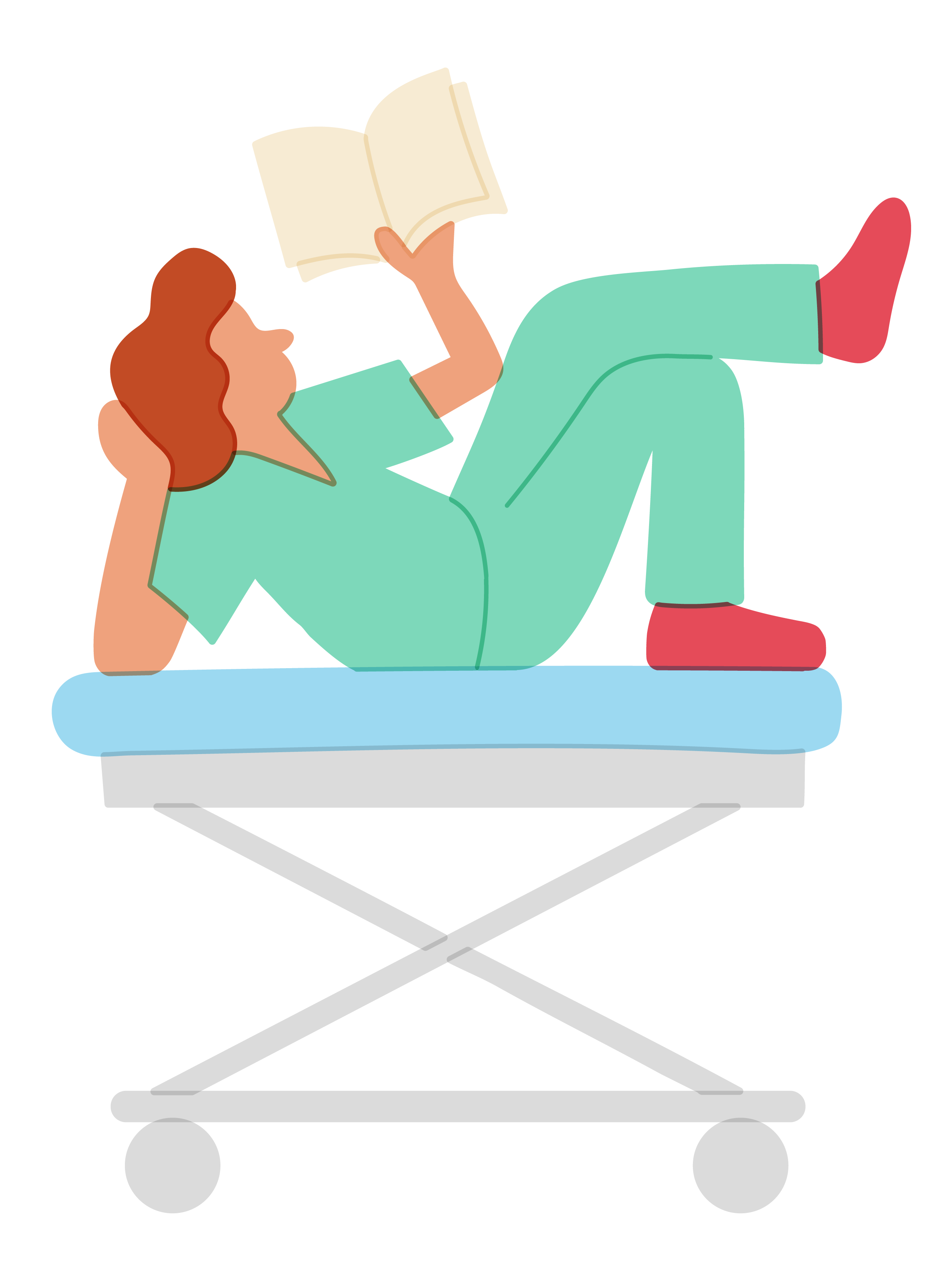 As an MCAT tutor and former test taker, I have often encountered a subset of students who struggle with the Critical Analysis and Reasoning section (CARS) of the test. It can become a significant source of frustration during studying, and there are many students who may even have to re-take as a result of a poor CARS performance.
As an MCAT tutor and former test taker, I have often encountered a subset of students who struggle with the Critical Analysis and Reasoning section (CARS) of the test. It can become a significant source of frustration during studying, and there are many students who may even have to re-take as a result of a poor CARS performance.
Some students resist the style in which the AAMC tests verbal critical thinking or even the fact that it is on the MCAT at all. Some of my first sessions with CARS-specific students often involve thinking about students’ attitudes toward this section of the exam. Frustration with the section is understandable, but the majority of students I have encountered who ultimately score well in CARS accept its importance on the exam. Softening CARS inhibitions allows students to be open-minded—a foundation for solid critical thinking.
My approach to this section as a tutor is to help the student understand CARS and to train existing reading skills. Reading is a lifelong skill. When a student decides to take the MCAT, they already come with an approach to reading which they have been fashioning since childhood. All past reading—from text messages to textbooks—has shaped a particular individual’s method over time. I also stress the necessity of understanding how emotional context can interact with critical thought. Every student brings a unique perspective to the process, and students are best trained using the skills they already have in place.
Therefore, I have little success when I attempt to change the way people read. There are many different strategies postulated for CARS, and students do sometimes attempt to restructure how they take in passages. However, given the limited time available for MCAT study process, this is about as intuitive as relearning to walk. It is much easier to expend energy building on one’s existing reading comprehension skills than constructing a new system from the ground up.
When I work with a student on CARS, we set expectations using past scores and then begin expanding on strengths. This involves both formal MCAT practice and informal reading outside of MCAT prep. I conceptualize my role as a tutor as first understanding a given student’s style and then helping to push the student outside of their comfort zone. Together, we try to figure out what crutches, cognitive traps, and blind spots are holding them back.
By emphasizing a “less is more” preparation style, focused on the student’s native ability, I feel I help the student get closest to their best possible performance. Whereas the goal in the science sections may be faster recall of knowledge, the goal for CARS is a stronger and more fluid reading skillset. My hope is for the examinee to approach test day with a calm confidence in their reading abilities.

Comments